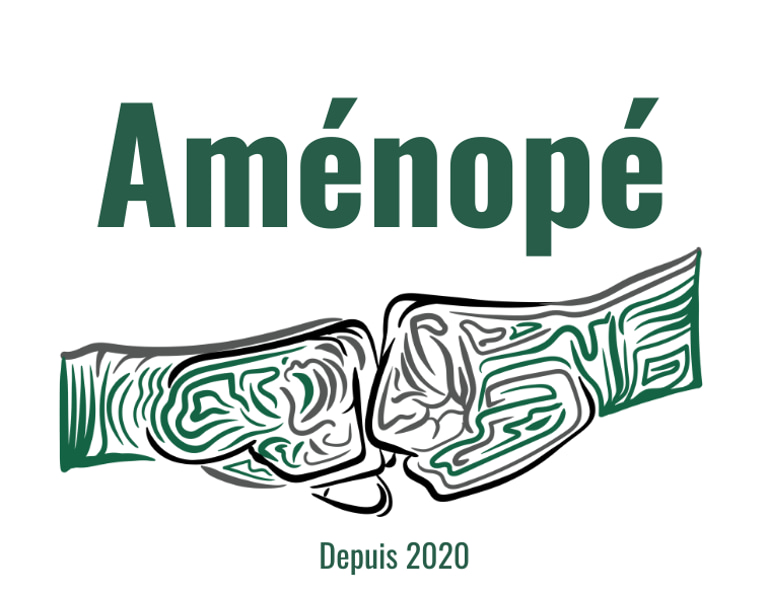OFFICIAL OPENING IN 2026
“I think I can say that Permaculture is an attempt to create a good place to live.”
Bill Mollison - Permaculture Co-Founder
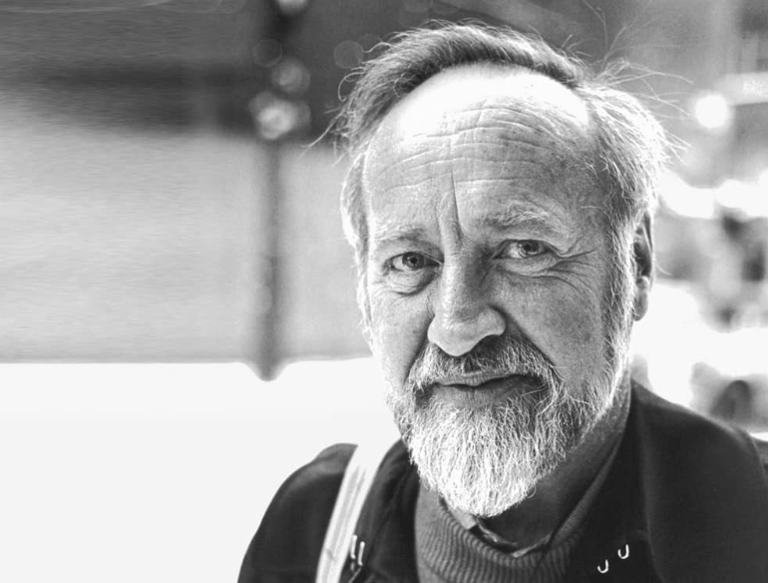

What is Permaculture design?
Observe and interact
Before acting, it is essential to observe natural dynamics (wind, water, sun, soil, biodiversity, microclimates) to design a system in harmony with its environment.
Get a production
An efficient design must quickly produce food, energy or material resources to ensure the sustainability of the project
Capturing and storing energy
Efficiently exploit and conserve water, sunlight and nutrients to maximize system autonomy
It is a systemic approach aimed at designing sustainable human and natural environments, inspired by the principles of nature. It is based on observation and interaction with ecosystems to create resilient, productive and balanced systems, while minimizing effort and the ecological footprint.

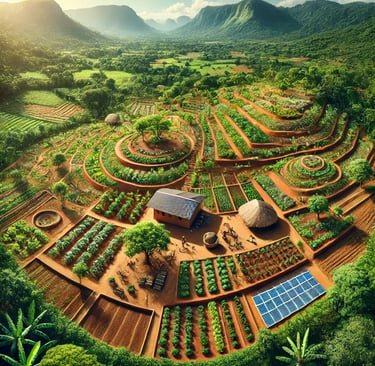
Some principles:
Produce no waste
Design a circular system where each output becomes a resource (composting, reuse, wastewater recycling, etc.)
Design by integrating rather than separating
Combine plants, animals and humans to maximize beneficial interactions (e.g. agroforestry, polyculture, integrated breeding)
Use small-scale, location-specific solutions
Start with localized actions and evolve gradually to avoid costly mistakes
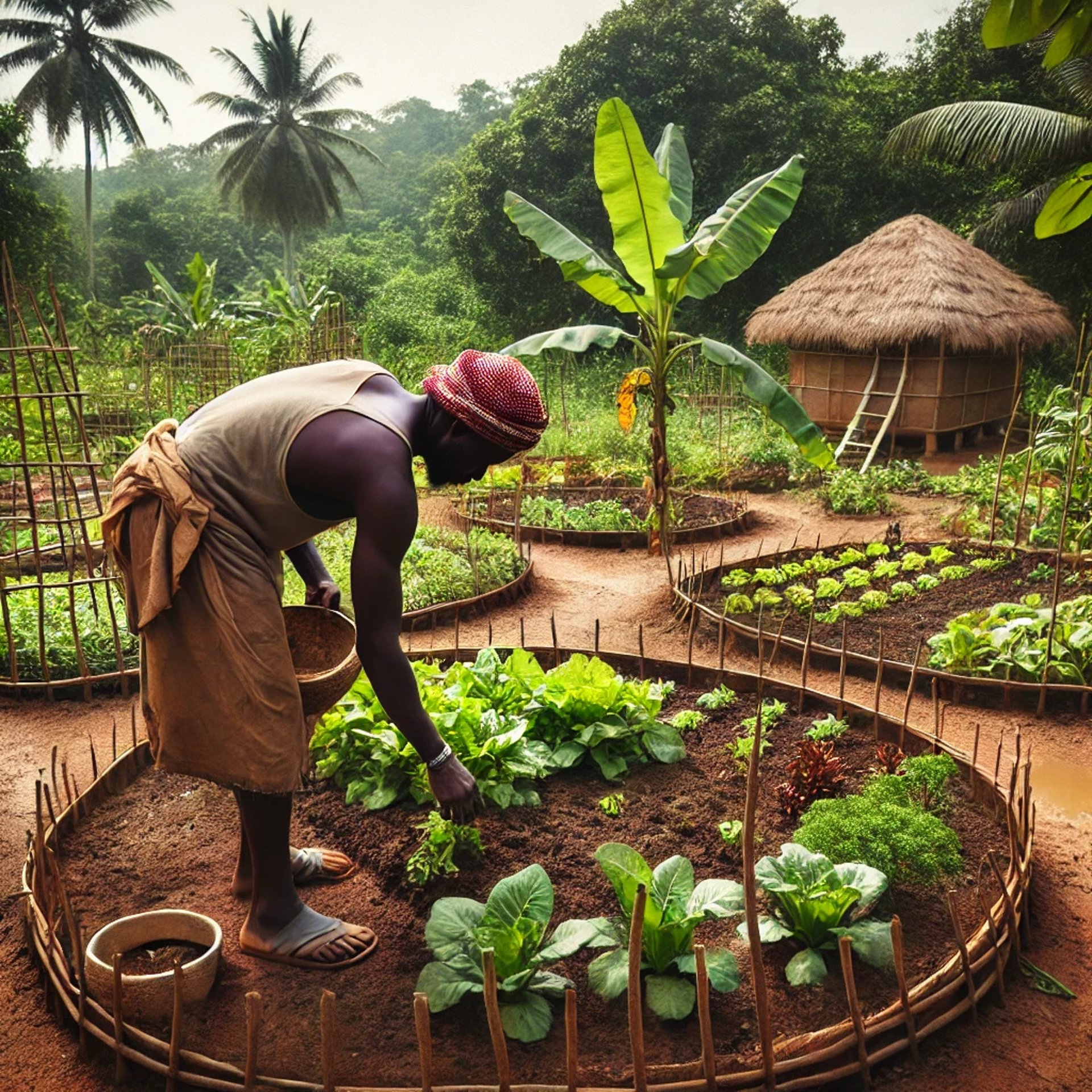
“Admire a large estate if you like, but only cultivate a small one.”
Virgile

🌱 What if Permaculture nourished an entire country?
Another agricultural model is possible
In Togo, nearly 60% of the population is peasant. However, the country remains dependent on food imports. Land is often degraded by intensive practices, young people are deserting the countryside, biodiversity is declining. Faced with these challenges, permaculture offers a concrete, local, and above all realistic response.
But on what scale? A study inspired by micro-farm and forest garden models shows that it is possible to feed one person on approximately 0.1 to 0.15 hectares with a well-designed permaculture system. To healthily feed the 8.6 million inhabitants of Togo, it would therefore be enough to:
👉 860,000 to 1,290,000 hectares,
i.e. 15 to 23% of the total surface area of the country (Togo covers approximately 5.7 million hectares).
This is entirely possible, especially since these systems recreate fertility, capture water, store carbon and generate real food autonomy. And above all: they give communities the means to flourish in their own territory.
To develop is to regenerate
At Ferme Aménopé, this vision takes concrete root:
Agroforestry, garden-forest, compost, eco-construction, sustainable breeding.
Transmission of knowledge through a Permaculture School.
Strong social integration with young people, elders, artists and villagers.
Here, we don't concrete the area: we regenerate it. Every tree planted, every hedge, every farmer’s seed is an act of sustainable development. Permacultural design becomes a living urban planning strategy, respectful of ecosystems and cultural dynamics.
An ethical compass
Permaculture is based on three simple and powerful principles:
Take care of the earth.
Caring for humans.
Share resources equitably.
At Amenope, these principles are not slogans, but daily practices. It is a replicable model, a credible alternative to destructive food systems. It is also an invitation to review our relationship with the territory: no longer as a space to be dominated, but as a living environment to be cultivated intelligently.
For Togolese food sovereignty
Developing the territory through permaculture means focusing on resilience, health, local employment, biodiversity, beauty. This allows Togo to become a laboratory of food sovereignty in West Africa.
What if tomorrow, this dream came true? All that is missing is partners, support, relays. People and institutions ready to bet, like us, on life.
What if land-use planning first involved healing the land and caring for human connections? This is the bet that Ferme Aménopé is making in Togo, where we are rethinking our way of producing, living and coexisting. A small farm that carries a big vision: that of a country fed healthily, sustainably, with permaculture as its compass.
Don't know where to start?
We offer you a Discovery Day at the Aménopé Togo Farm to introduce you to and understand the basics of Permaculture.
Come and enjoy a good meal prepared with products from the Farm.

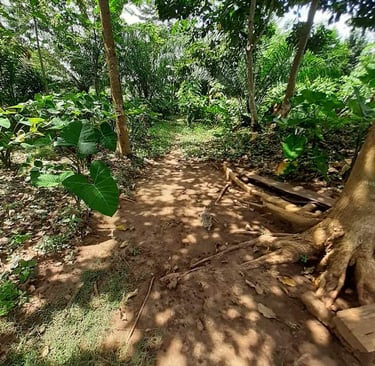
Aménopé Togo
Caring for Humans
CONTACT / RESERVATIONS
Tel : +228 92 67 00 00
Association Aménopé Togo - Récépissé n° 0568/MATDCL/SG/DLPAP/2025 - All rights reserved. © 2025.
RECEIVE THE NEWSLETTER / EBOOKS
Ferme Aménopé Togo
Quartier SOSSI
Agou-Nyogbo Sud
Kloto, Togo
Aménopé is a permaculture mixed-culture and livestock micro-farm located in Agou-Nyogbo, at the foot of Mont Agou, in the Plateaux region of Togo.
FOLLOW US ON NETWORKS
Have you already been to Ferme Aménopé 🤍 You planted a cutting, shared a meal, followed a course or simply took a deep breath of pure air in the heart
YOU!
